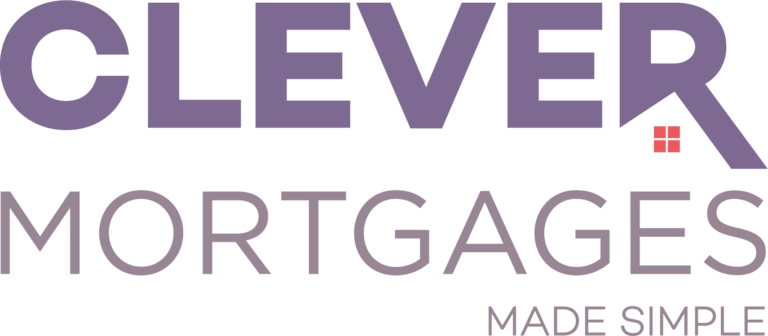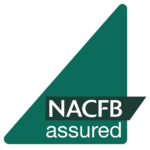Home reversion plans
Home reversion plans
If you’re over the age of 65 and looking for a way to raise money then a home reversion plan might be a good option for you. This is where you sell your property in return for tax-free cash but can continue to live there.
What is a home reversion plan?
A home reversion plan is a type of equity release that allows you to access money that is tied up in your property. This type of loan is typically only available to people who are 65 or over and are looking for a way of funding their long-term care. If you are below this age then a lifetime mortgage might be more appropriate for you.
With a home reversion plan, you will sell all or a part of your property at less than its market value. In return, you will receive tax-free cash either in a lump-sum, as an income or as a combination of both. You then continue to live in your home as a tenant without paying rent, providing you keep the property well maintained and take out building insurance.
How much can you receive?
You will usually get between 20% and 60% of the market value for your house through a home reversion scheme. Lenders will usually not offer higher than this as they can’t guarantee when they will be able to sell the property and are unable to do so until you die or going into full-time care. In this case, they will be taking a risk in not knowing what the state of the property market will be in when they eventually sell your house.
The older you are when you take out the home reversion scheme, the more likely you are to get a higher percentage of the market value of your property. This is because lenders are more likely to get their money back backer sooner. Because of this, home reversion schemes are usually considered as most appropriate for people over the age of 70.
Home reversion considerations
Before applying for a home reversion plan you should weigh up the pros and cons:
Benefits of a home reversion plan:
- You’ll receive tax-free money to help pay for your care and living costs.
- You can live in your house rent-free for the rest of your life or until you have to move into full-time care.
- You can choose to only sell a portion of your property and leave the rest in your inheritance.
- Can avoid the process of moving home to release equity.
Some things that you should consider:
- You will no longer be the sole owner of the home (unlike with a lifetime mortgage)
- The amount you receive will be far less than if you sold your house normally.
- If you choose to end the plan early you will need to buy back your share of the property at full market value.
- These plans can be inflexible if your circumstances change.
Steps before taking out a home reversion plan
The process of releasing equity from your home is a big decision to make. You should discuss your finance options with your family and consider other loan or mortgage options before applying. Downsizing your current property might be more appropriate for you as it can be more cost-effective and won’t affect what you leave in inheritance.
Home reversion plans and other equity release schemes are regarded as high-risk and low value for customers. Because of this you should only consider these types of loans as a last resort.


